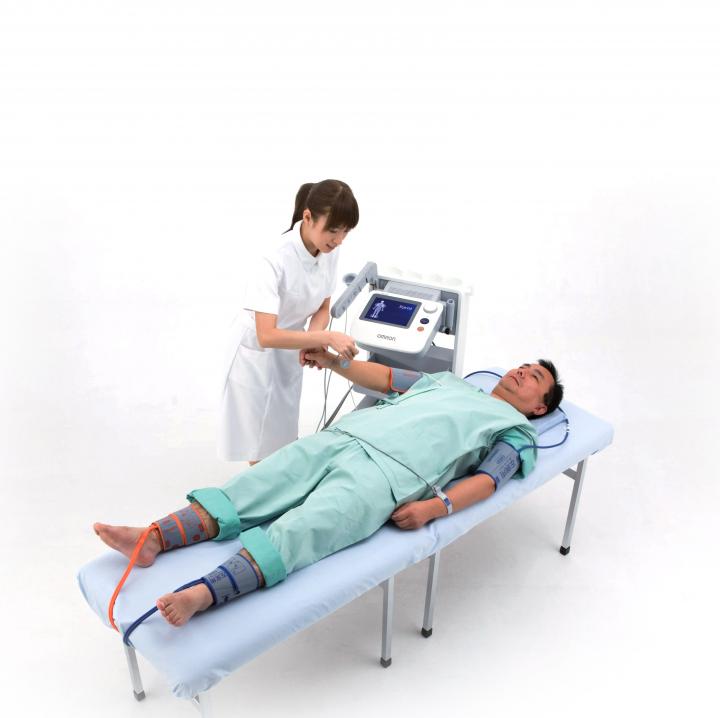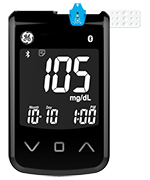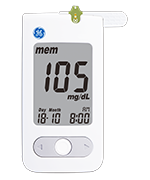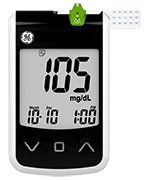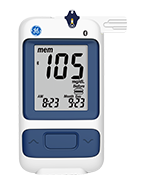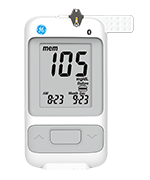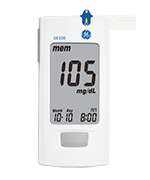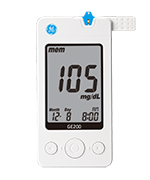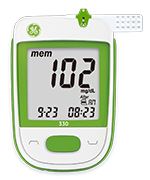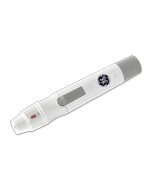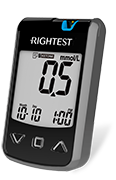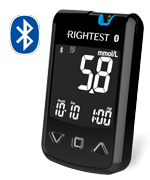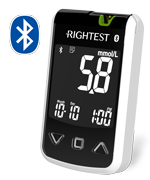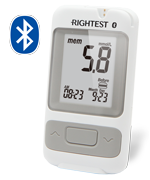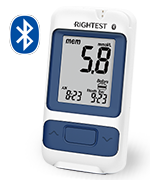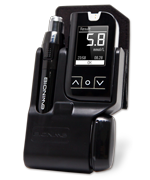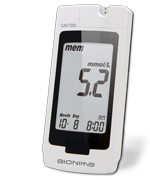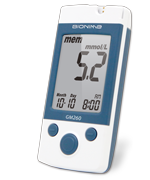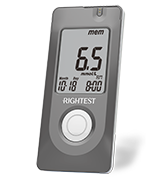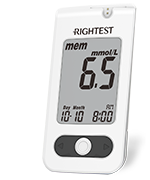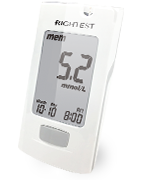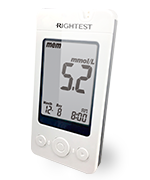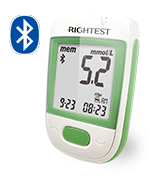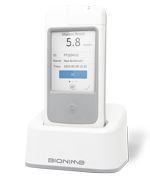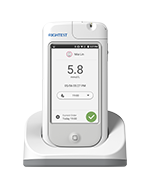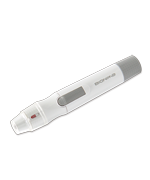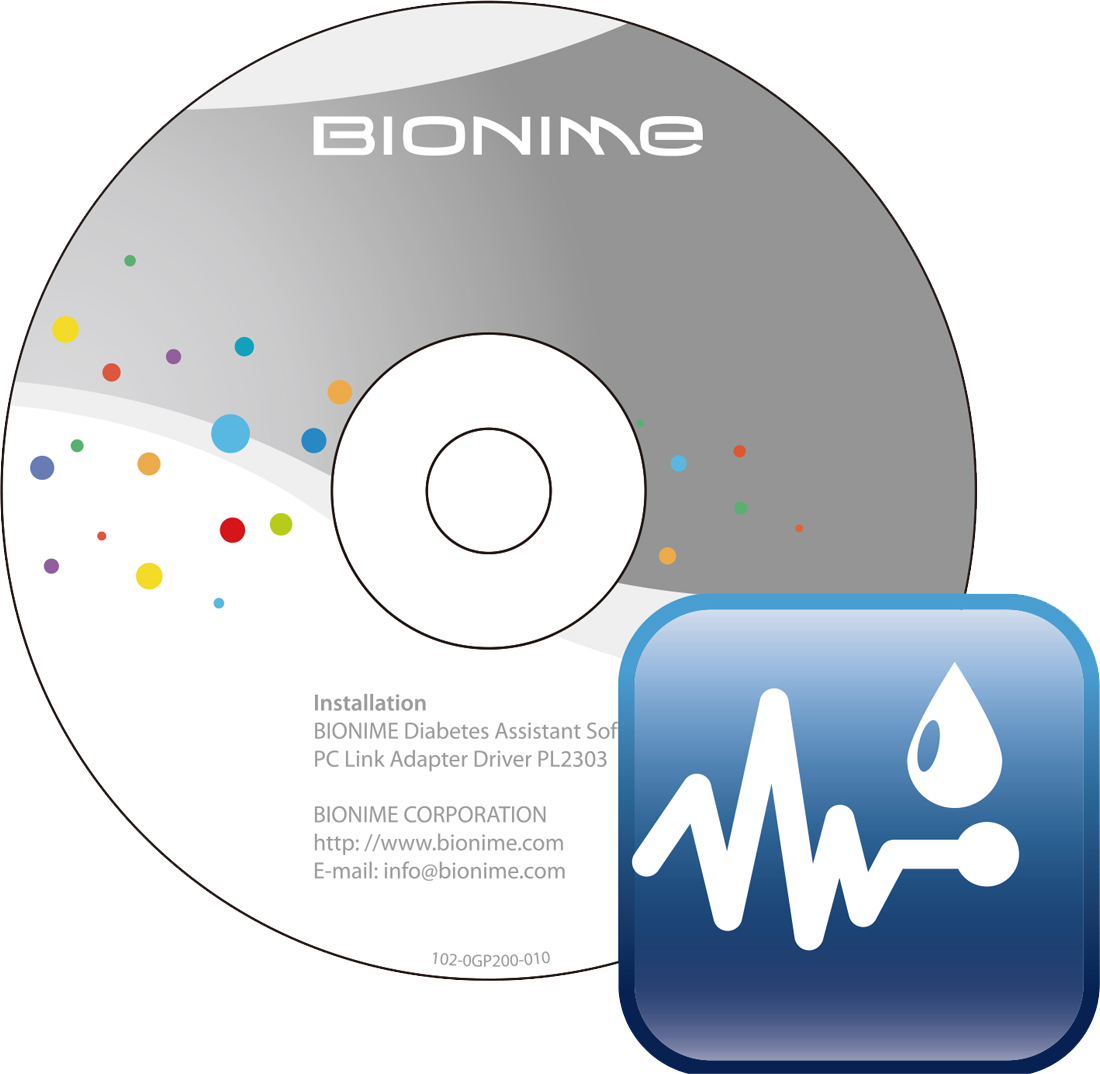Should I undergo check for ankle brachial index (ABI) ?
Peripheral arterial disease is a common complication of diabetes that usually does not manifest any symptoms. One typical symptom is the intermittent claudication; another common clinical expression of the disease is foot ulcers. Manifestation of such symptoms indicates that the peripheral arterial disease has become fairly advanced. How to detect the peripheral arterial disease early? The ankle brachial index (ABI) examination is a test that can detect the peripheral arterial disease. According to the treatment guidelines of the American Diabetes Association, the normal range of ABI is between 0.9 and 1.4; any value equal or below 0.9 indicates presence of peripheral arterial disease. A value greater than 1.4 indicates arteriosclerosis and requires other imaging tests to determine presence of peripheral arterial diseases.
The American Diabetes Association recommends diabetes patients over the age of 50 or below the age of 50 but at risk of peripheral arterial disease (e.g. smoking, high blood pressure, blood lipid or history of diabetes for more than 10 years) should consider checking for ankle brachial index (ABI). How is the test performed? It is very similar to measuring blood pressure and takes about 15 minutes. The patient lies flat on the test bed, and their four limbs are attached with pressure cuffs to measure blood pressure.
Patients with peripheral arterial diseases are advised to properly control cardiovascular risk factors by quitting smoking, properly control blood pressure, blood lipids and blood sugar levels, take medications regularly, and adjust lifestyle by exercising regularly.
Reference: American Diabetes Association-- Standards of Medical Care in Diabetes-2018 & The Endocrine Society and Diabetes Association of the Republic of China-- Standards of Medical Care in Diabetes -2018
